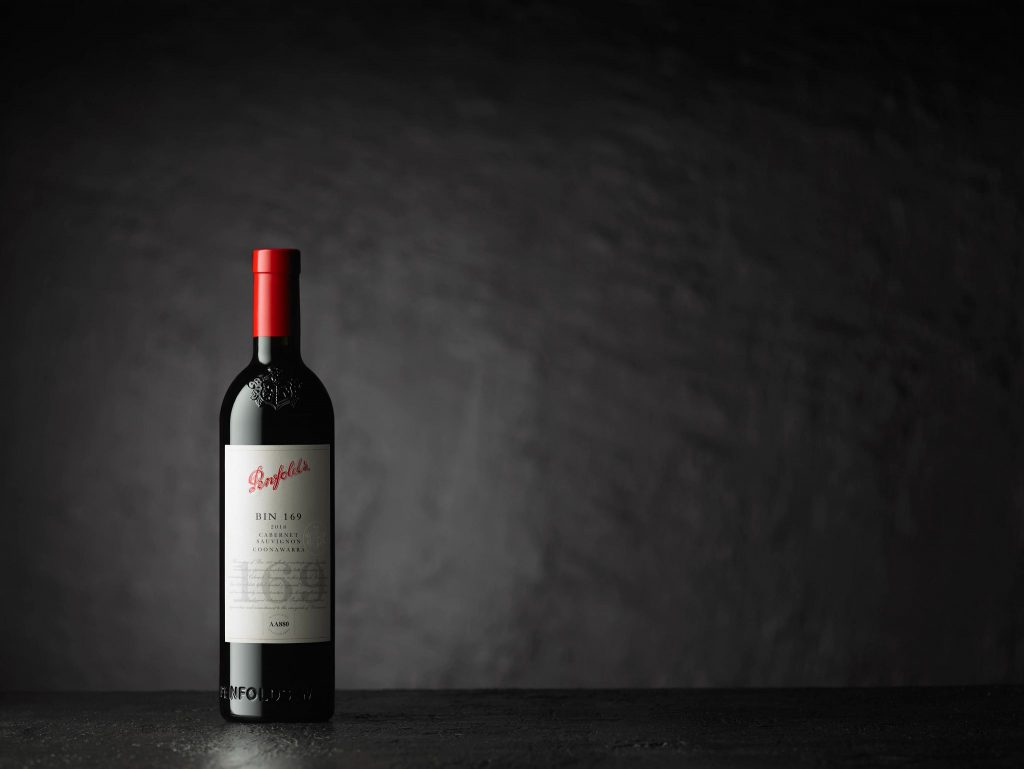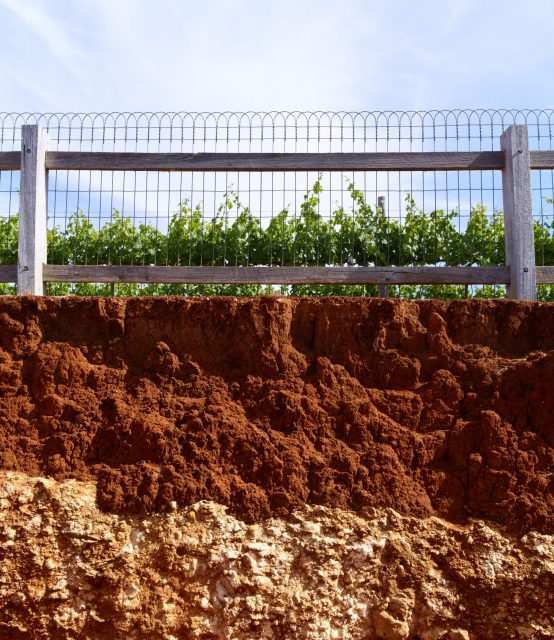This website uses cookies so that we can provide you with the best user experience possible. Cookie information is stored in your browser and performs functions such as recognising you when you return to our website and helping our team to understand which sections of the website you find most interesting and useful.
Penfolds’ first listing on La Place de Bordeaux has proved ‘very successful’, says GM
When the 2018 vintage of Penfolds Bin 169 became the Australian producer’s first expression to join the fine wine platform last year, it was with the aim of reaching collectors worldwide. The drinks business can reveal that the response to the wine has been “extremely positive”.

As Penfolds gears up to release its 2019 vintage from the critically acclaimed Bin 169, the Australian winery is also celebrating a stand-out performance of its 2018 Cabernet Sauvignon from the same Bin during its debut season on La Place de Bordeaux.
Having launched via La Place on 2 September 2021, the response to the wine, which is made from some of the oldest vinestock material in Coonawarra, South Australia, has been “extremely positive”, says Yodissen Mootoosamy, general manager, Penfolds International.
“Bin 169 Cabernet Sauvignon is a unique wine within our luxury collection. The response from the negociants has been extremely positive and the partnership very successful. Outstanding scores for Bin 169 from some of the world’s most influential wine critics has helped drive this result – in addition to the excellent value and investment potential of the 2018 vintage,” Mootoosamy told db.
Mathieu Chadronnier, CEO of negociant CVBG, said in September: “Our clients are looking for wines with impeccable track record for quality and prestige. Penfolds is one of Australia’s most revered and storied wineries, celebrated for both its history and its innovative spirit.”
Wines from Bin 169 are crafted only during exceptional vintages; the forthcoming 2019 wine will be just the fourth release in the last decade.
The wines also represent Penfolds’ unerring commitment to the vineyards of Coonawarra and the producer’s faith in the potential of the region’s unique ‘terra rossa’ soils for making complex, elegant wines.
The drinks business caught up with Sam Stephens, head of brand ambassador and education, Penfolds International, to find out more about what makes Coonawarra’s terroir so special.
“The deep red clay soil is a major component and helps to elevate the quality of grapes in two main ways,” said Stephens. “It absorbs and stores rainfall from winter and spring which is key for a dry state like South Australia. This water can then be accessed by the vines over the long (hopefully) dry growing season…
“The other aspect is that the soil does not give up its water easily and so forces the vines to work over the summer. This can help keep yields down and the subsequent quality and concentration of the grapes up, elevating the resulting wines to higher levels of complexity, intensity and balance.”

The 2018 vintage of Penfolds Bin 169 is a contemporary Cabernet Sauvignon which has been applauded for its lively aromas, abundant red fruits – raspberry, cranberry, redcurrant, rhubarb – as well as it’s for its “high-definition tannins” and expansive volume.
But where does the 2018 expression sit within the broader landscape of Australian grand vins?
“Bin 169 sits comfortably next to many of the great wines of Australia both in collectors’ cellars and on their dinner tables,” said Stephens. “It is a wine that shines at every point in its life from its youth to over three or four decades in the cellar. I always think of other producers’ great wines as comrades rather than competitors and feel that Bin 169 can sit proudly, arm in arm, with the best that Australia has to offer.”
And the drinks business can reveal that the 2019 vintage, set for release in Q3 (July-Sept) this year, is shaping up to be just as extraordinary.
“We seek consistency in our wines, even those from a single region such as Bin 169,” said Stephens. “Of course, we get some vintage variation but if the vintage does not provide the core flavour, aromatic and structural elements then we won’t release it. Any vintage that is released adheres to the highest standards and delivers 100% of the Bin 169 stylistic template.”
According to Stephens, the 2018 vintage “displays slightly more muscular tannins, while the 2016 has more lifted herbal aromatics and the 2013 is rounder on the palate.”
As for the specifics of the 2019, he’s keeping shtum for now. Only a few more months to wait…

